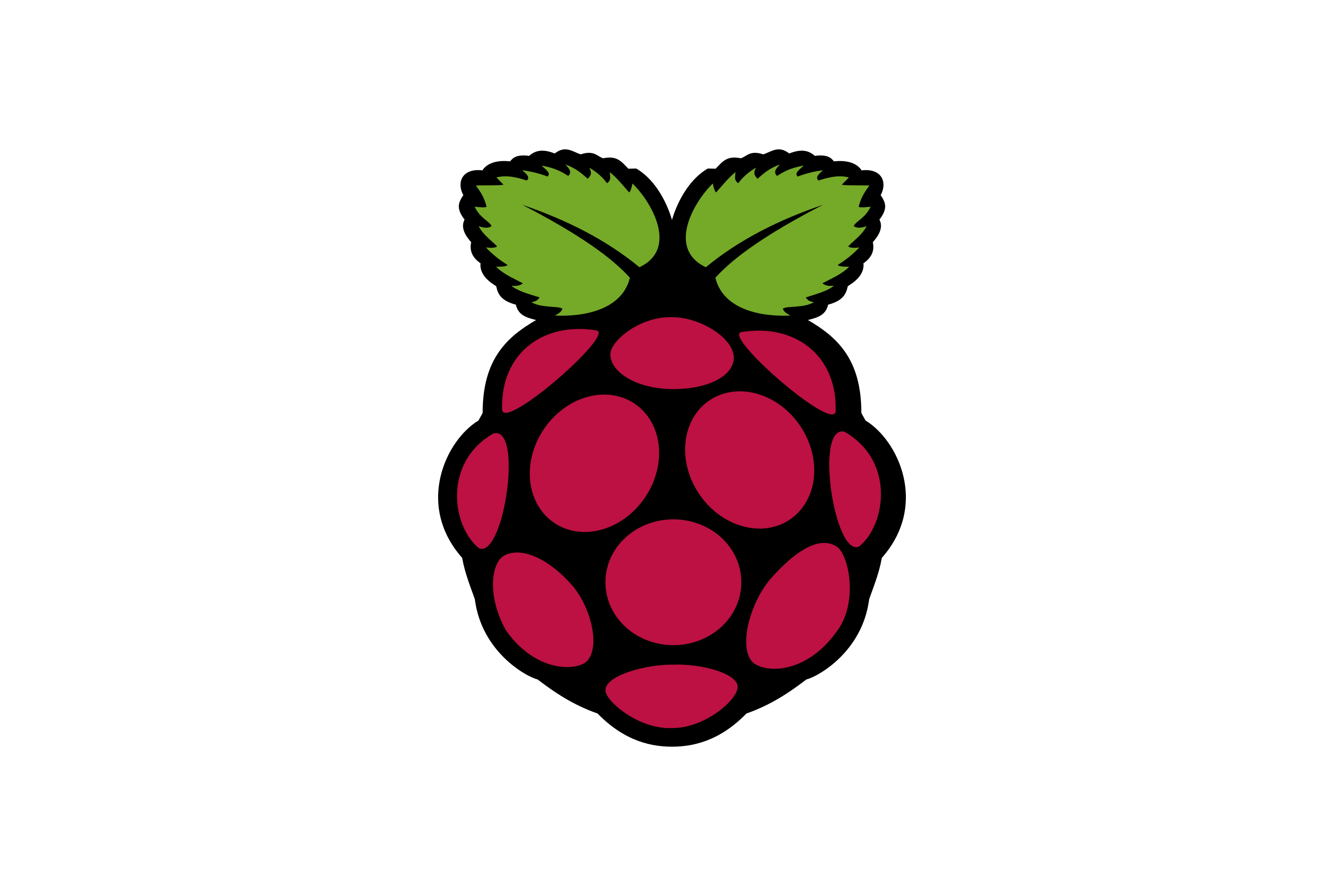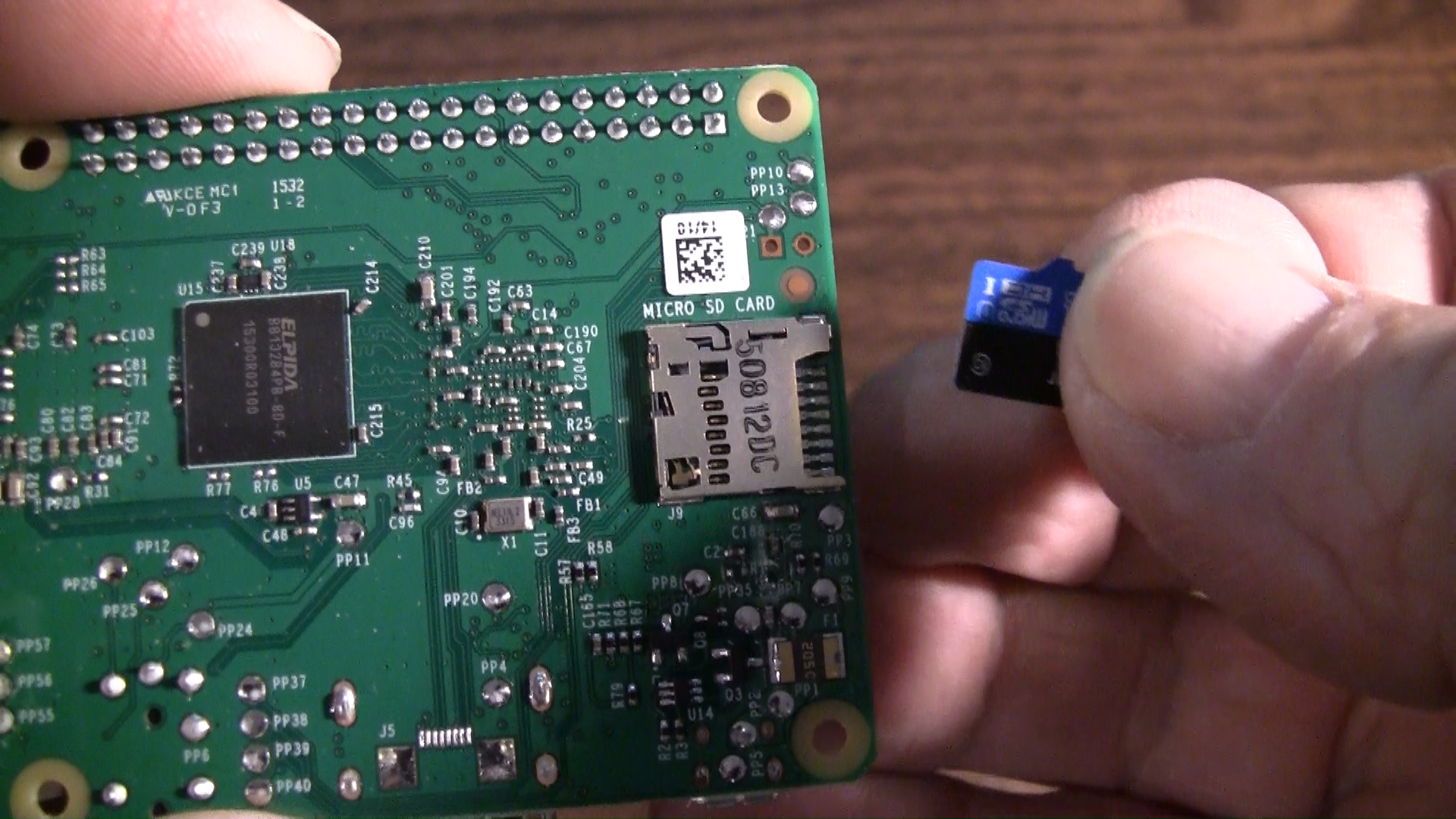RemoteIoT Platform SSH Download Raspberry Pi Without: A Comprehensive Guide
Detail Author:
- Name : Marshall Rohan
- Username : bridie82
- Email : ishields@gmail.com
- Birthdate : 2002-08-28
- Address : 251 Derrick Dale Apt. 459 Mossieborough, ID 71108-1713
- Phone : 1-408-871-1160
- Company : Zboncak-Schaefer
- Job : Police and Sheriffs Patrol Officer
- Bio : Voluptatem quibusdam nihil aut quia temporibus eos. Quae maxime doloremque eligendi ex ducimus cupiditate. Et sint exercitationem necessitatibus quae.
Socials
twitter:
- url : https://twitter.com/cummings1990
- username : cummings1990
- bio : Dolore iusto ea numquam ex. Eveniet iure maxime sapiente qui. Consequatur sed sit facilis porro neque quia corrupti. Maxime quisquam voluptate dolorem.
- followers : 3273
- following : 1854
linkedin:
- url : https://linkedin.com/in/maryjanecummings
- username : maryjanecummings
- bio : Aut sapiente rerum nisi odio ea et.
- followers : 3710
- following : 1172
facebook:
- url : https://facebook.com/cummings2002
- username : cummings2002
- bio : Incidunt non vel deleniti odit eius. Voluptas impedit rerum vero repellendus.
- followers : 5870
- following : 381
instagram:
- url : https://instagram.com/cummings2013
- username : cummings2013
- bio : Quas molestiae ullam nobis eligendi. Rerum nisi nam perspiciatis earum eos magni.
- followers : 4206
- following : 688
tiktok:
- url : https://tiktok.com/@maryjane_dev
- username : maryjane_dev
- bio : Ad sequi consectetur quia sint repellendus qui natus quia.
- followers : 2005
- following : 2688
Are you looking to manage and control your Raspberry Pi devices remotely without the need for complex configurations? RemoteIoT platform offers a seamless solution for downloading and managing Raspberry Pi through SSH, ensuring secure and efficient remote access. With the growing demand for remote device management, especially in IoT environments, understanding how to leverage tools like RemoteIoT is crucial. This guide will walk you through everything you need to know about RemoteIoT platform SSH download Raspberry Pi without unnecessary hassle.
In today's fast-paced technological world, the ability to remotely access and manage devices is more important than ever. Whether you're a developer, IT professional, or hobbyist, having a reliable method to control your Raspberry Pi devices is essential. RemoteIoT simplifies this process by offering a user-friendly interface and robust features that make remote management a breeze.
Throughout this article, we will explore the intricacies of the RemoteIoT platform, how it facilitates SSH access, and the steps you need to follow to download and manage your Raspberry Pi devices efficiently. By the end of this guide, you will have a clear understanding of how to utilize RemoteIoT for your remote management needs.
- Introduction to RemoteIoT Platform
- Understanding SSH and Its Importance
- Setting Up RemoteIoT for Raspberry Pi
- Step-by-Step Guide to Download Raspberry Pi
- Configuring SSH on Raspberry Pi
- Managing Raspberry Pi Remotely with RemoteIoT
- Troubleshooting Common Issues
- Benefits of Using RemoteIoT for Raspberry Pi
- Security Considerations for Remote Access
- Conclusion and Next Steps
Introduction to RemoteIoT Platform
The RemoteIoT platform is a cutting-edge solution designed to simplify the management of IoT devices, including Raspberry Pi. It offers a cloud-based interface that allows users to remotely access, control, and manage their devices from anywhere in the world. This platform is particularly beneficial for those who need to manage multiple devices across different locations without the need for physical access.
RemoteIoT provides a range of features that enhance the remote management experience. These include real-time monitoring, automated updates, and secure access protocols. By leveraging these features, users can ensure that their devices are always up-to-date and functioning optimally.
One of the standout features of RemoteIoT is its ability to facilitate SSH access without the need for complex configurations. This is particularly useful for Raspberry Pi users who may not have extensive technical knowledge but still require secure remote access to their devices.
Understanding SSH and Its Importance
SSH, or Secure Shell, is a cryptographic network protocol used for secure data communication, remote command-line login, and other secure network services between two networked computers. It is widely used in the management of remote servers and devices, including Raspberry Pi.
The importance of SSH cannot be overstated, especially in the context of remote device management. It provides a secure channel over an unsecured network, ensuring that data transmitted between the client and server is encrypted and protected from unauthorized access.
Why SSH is Essential for Raspberry Pi
For Raspberry Pi users, SSH is a vital tool for remote management. It allows users to execute commands, transfer files, and manage the device's operating system from a remote location. This is particularly useful for those who use Raspberry Pi for IoT projects, as it enables them to monitor and control their devices without needing physical access.
Setting Up RemoteIoT for Raspberry Pi
Setting up RemoteIoT for Raspberry Pi is a straightforward process that involves a few key steps. By following these steps, you can ensure that your Raspberry Pi is ready for remote management through the RemoteIoT platform.
The first step is to create an account on the RemoteIoT platform. Once you have registered, you can add your Raspberry Pi device to the platform by following the instructions provided. This typically involves installing a client application on your Raspberry Pi and linking it to your RemoteIoT account.
Installing the RemoteIoT Client
To install the RemoteIoT client on your Raspberry Pi, you will need to use the terminal. The process involves downloading the client software and configuring it to connect to the RemoteIoT platform. Detailed instructions are available on the RemoteIoT website, ensuring that even beginners can complete the setup process with ease.
Step-by-Step Guide to Download Raspberry Pi
Downloading and setting up Raspberry Pi for remote management involves several steps. This guide will walk you through the process, ensuring that you can efficiently manage your device using the RemoteIoT platform.
The first step is to download the Raspberry Pi OS, which is the official operating system for Raspberry Pi devices. You can download the OS from the official Raspberry Pi website. Once downloaded, you will need to flash it onto a microSD card using a tool like Etcher.
Flashing the Raspberry Pi OS
Flashing the Raspberry Pi OS onto a microSD card is a crucial step in the setup process. This involves using a flashing tool to write the OS image onto the card, which will then be inserted into your Raspberry Pi. Detailed instructions for this process are available on the Raspberry Pi website, ensuring a smooth setup experience.
Configuring SSH on Raspberry Pi
Configuring SSH on your Raspberry Pi is essential for enabling remote access. This process involves enabling the SSH service on your device and ensuring that it is properly configured to accept remote connections.
To enable SSH on Raspberry Pi, you can use the Raspberry Pi configuration tool. This tool allows you to enable SSH and configure other settings related to remote access. Once SSH is enabled, you can connect to your Raspberry Pi using an SSH client from any remote location.
Connecting to Raspberry Pi via SSH
Connecting to your Raspberry Pi via SSH involves using an SSH client like PuTTY or the terminal on your computer. You will need to enter the IP address of your Raspberry Pi and your login credentials to establish a connection. Once connected, you can execute commands and manage your device remotely.
Managing Raspberry Pi Remotely with RemoteIoT
Once your Raspberry Pi is set up and configured for remote access, you can begin managing it using the RemoteIoT platform. This platform offers a range of features that make remote management efficient and straightforward.
RemoteIoT allows you to monitor your Raspberry Pi in real-time, execute commands, and manage files remotely. This is particularly useful for IoT projects, where continuous monitoring and control are essential for optimal performance.
Real-Time Monitoring and Alerts
One of the key features of RemoteIoT is its ability to provide real-time monitoring and alerts. This ensures that you are always aware of the status of your Raspberry Pi and can take immediate action if any issues arise. The platform also offers automated updates, ensuring that your device is always running the latest software.
Troubleshooting Common Issues
While setting up and managing Raspberry Pi remotely, you may encounter some common issues. Understanding how to troubleshoot these issues is crucial for maintaining the functionality of your device.
Common issues include connectivity problems, SSH configuration errors, and software conflicts. By following the troubleshooting guides provided by RemoteIoT and Raspberry Pi, you can resolve these issues quickly and efficiently.
Resolving Connectivity Problems
Connectivity problems can often be resolved by checking your network settings and ensuring that your Raspberry Pi is properly connected to the internet. Additionally, verifying your SSH configuration and login credentials can help resolve access issues.
Benefits of Using RemoteIoT for Raspberry Pi
Using RemoteIoT for managing your Raspberry Pi offers numerous benefits, including enhanced security, ease of use, and efficient remote access. These benefits make it an ideal solution for both beginners and experienced users.
RemoteIoT's cloud-based interface provides a user-friendly experience, allowing you to manage your devices from anywhere. The platform's robust security features ensure that your data and devices are protected from unauthorized access.
Enhanced Security Features
Security is a top priority for RemoteIoT, and the platform offers several features to protect your devices. These include encrypted connections, two-factor authentication, and regular security updates. By leveraging these features, you can ensure that your Raspberry Pi is secure from potential threats.
Security Considerations for Remote Access
When managing devices remotely, security should be a top priority. Understanding the security considerations for remote access is crucial for protecting your devices and data.
Key security considerations include using strong passwords, enabling two-factor authentication, and regularly updating your software. Additionally, monitoring your devices for suspicious activity and implementing firewalls can further enhance security.
Implementing Two-Factor Authentication
Two-factor authentication adds an extra layer of security by requiring users to provide two forms of identification before accessing their devices. This can significantly reduce the risk of unauthorized access and enhance the overall security of your remote management setup.
Conclusion and Next Steps
In conclusion, the RemoteIoT platform offers a comprehensive solution for managing Raspberry Pi devices remotely. By leveraging its features, you can ensure secure and efficient remote access, making it an ideal choice for both personal and professional use.
We encourage you to explore the RemoteIoT platform and take advantage of its capabilities for managing your Raspberry Pi devices. If you have any questions or need further assistance, feel free to leave a comment or reach out to the RemoteIoT support team. Additionally, consider reading our other articles for more insights into remote device management and IoT solutions.

